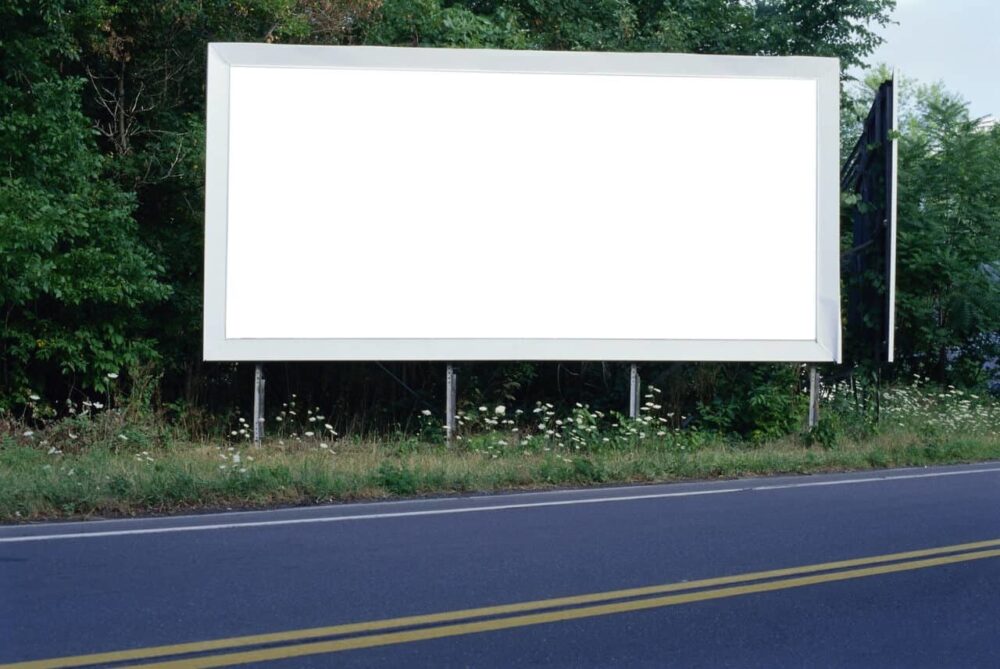When Clients ask me about leasing a billboard or outdoor advertising on their property, we first discuss whether a license agreement, easement, or ground lease is best for them. Many property owners like a license agreement because it can quickly be terminated. Most large outdoor advertising companies (OACs) prefer a long-term, binding commitment such as an easement. This permits the OAC to amortize the initial cost of the sign and make a long-term commitment to its advertisers. An easement, though, must be recorded and encumbers the land. I often recommend a ground lease as a compromise.
A well-drafted ground lease for a billboard must be precise about the sign’s location, size, illumination, etc. Frequently we insist that the Outdoor Advertising Company attach a rendering of the sign to the lease as an exhibit. Most property owners will also insert some restrictions on the type of advertising. This restriction can be a prohibition against any advertising that is pornographic, racially or culturally offensive, or promotes products or services which compete with the property owner.
The essential billboard lease provisions probably require the OAC to comply with all governmental laws and regulations. Permits are almost always necessary to operate billboards, and there are usually significant monetary penalties for failure to obtain a permit. NYC Department of Building fines can start at $10,000 and increase exponentially if not brought into compliance. Outdoor advertising signs are governed by Section 12-10 of the New York City Zoning Resolution. The Zoning laws address the sign’s size, height, illumination, and landmark or historic district considerations. Additional restrictions on billboards apply when the sign is within 900 feet and view of an arterial highway (Section 26-253(c) of the New York City Administrative Code) or within 200 feet and within sight of a public park (as such term is defined in Article 1, Chapter 2, Section 12-10 of the Zoning Resolution of the city of New York) of one-half acre or more. These signs must be on file with the New York City Department of Buildings under Title 1, Chapter 49 of the Rules of the City of New York (a “Sign Inventory”). Due to these restrictions, most billboards are located in manufacturing districts.
Given the potential fines and complexity of the laws, most property owners insist on broadly worded indemnification and exculpation clauses, much like any standard commercial lease. Negotiating a billboard lease, however, are anything but standard. Always hire an attorney with experience in drafting and negotiating outdoor advertising leases.
